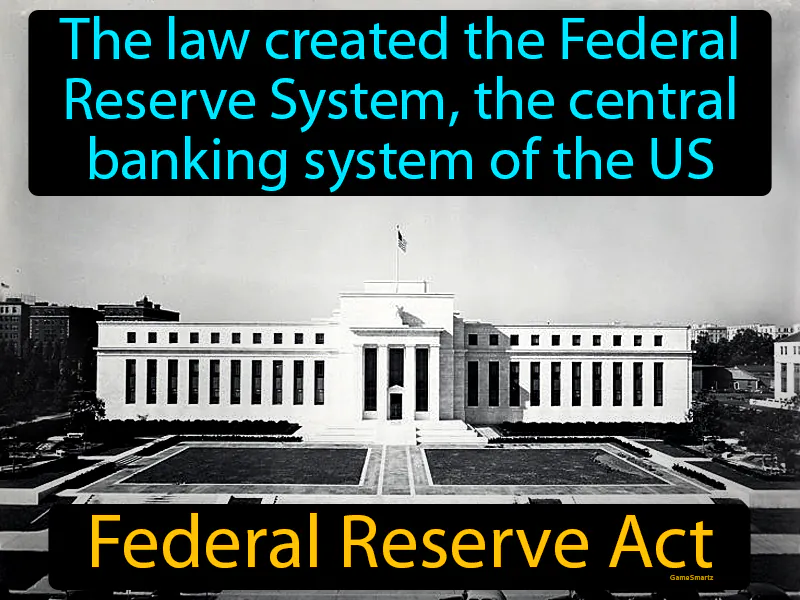Federal Reserve Act
Federal Reserve Act: Easy to understand
The Federal Reserve Act of 1913 was crucial during the Progressive Era because it established a central banking system to stabilize and regulate the economy, reflecting the period's push for reforms and government intervention. It highlighted ongoing tensions between free-market capitalism and the need for regulation, a debate that continues today as people discuss the balance between economic freedom and oversight. This Act connects to modern life as the Federal Reserve influences interest rates, affecting loans for homes, cars, and education, which are significant parts of many people's financial planning. For example, when the Fed lowers interest rates, borrowing becomes cheaper, encouraging people to spend and invest, which can boost the economy. The Federal Reserve's actions impact inflation, employment, and overall economic health, directly affecting an average person's cost of living and job opportunities.

Practice Version

Federal Reserve Act: The law created the Federal Reserve System, the central banking system of the US. Federal Reserve Act. The Federal Reserve Act is a 1913 law that established the central bank for the United States to manage the economy and money supply.